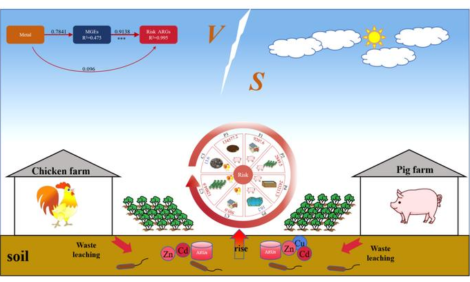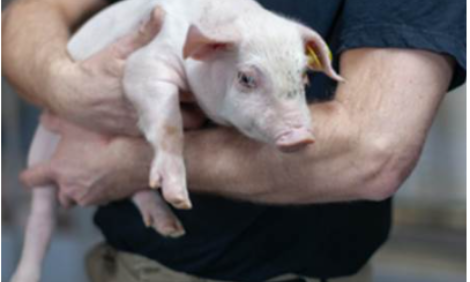



Risk Factors Associated With Shoulder Ulcers
By Todd See - Researchers from the Royal Veterinary and Agricultural University in Denmark described the risk factors associated with the development of shoulder ulcers in sows at the recent meeting of the American Association of Swine Veterinarians.
 Dr Todd See
Dr Todd SeeSwine Genetics Specialist North Carolina State University |
Shoulder ulcers can develop over the scapula in sows over periods of time, like lactation, when they lie on their side for an extended period and move less.
For this study sows on eighteen farms were sampled and evaluated for prevalence of shoulder ulcers. A case-control study was also completed where all or the first 25 cases of shoulder ulcers were selected along with a matched control which was a sow without a shoulder ulcer that was the closest to the right. Parity, farrowing/wean date, barn location, number of piglets, height of piglet bar, width of farrowing crate, nurse sow status, body condition score, lameness, size of ulcer, injury to legs and treatments were recorded for each case and control sow.
Should ulcers were observed for 8 percent of the sows sampled. On-farm prevalence ranged from 1 percent to 22 percent and prevalence in the farrowing room ranged from 2 percent to 36 percent. Results from the case-control study showed that the three most important risk factors for presence of should ulcers were:
Sows with a body condition score of 1 or 2 were 4.96 times more likely to have a shoulder lesion compared to sows with a body condition score of 3. Those sows with body condition scores of 4 or 5 were .12 times more likely to have a shoulder lesion than the body condition 3 sows. Sows with lower body condition scores were also observed to have more severe ulcers than those with body condition scores of 3 or greater. The thin sows were also more likely to have ulcers on both shoulders.
A quadratic relationship was observed between parity and prevalence of shoulder lesions. They showed that there was an increasing risk of shoulder ulcers from parity 0 to parity 6 after which the risk starts to decline. Parity 6 sows were 4.94 times more likely to develop shoulder ulcers than younger sows.
Sows with lameness were also at a much higher risk having shoulder ulcers than those without lameness, 16.78 times more likely. Sows with lameness probably spend a greater amount of time lying on their side and therefore expose the scapula to pressure for a greater amount of time. However, this study cannot show that the shoulder ulcer was not the cause of the lameness.
The other measured factors in this study such as number of days a sows is in the farrowing crate, size of farrowing crate, number of piglets in litter and type of gestation housing, were not significant.
Source:
Rosendal, T, and J.P. Nielsen. 2005. Risk factors for the development of decubital ulcer over the scapula in sows. In proceedings of American Association of Swine Veterinarians, 2005. pp 361-362.
Source: North Carolina State University Swine Extension - April 2005









